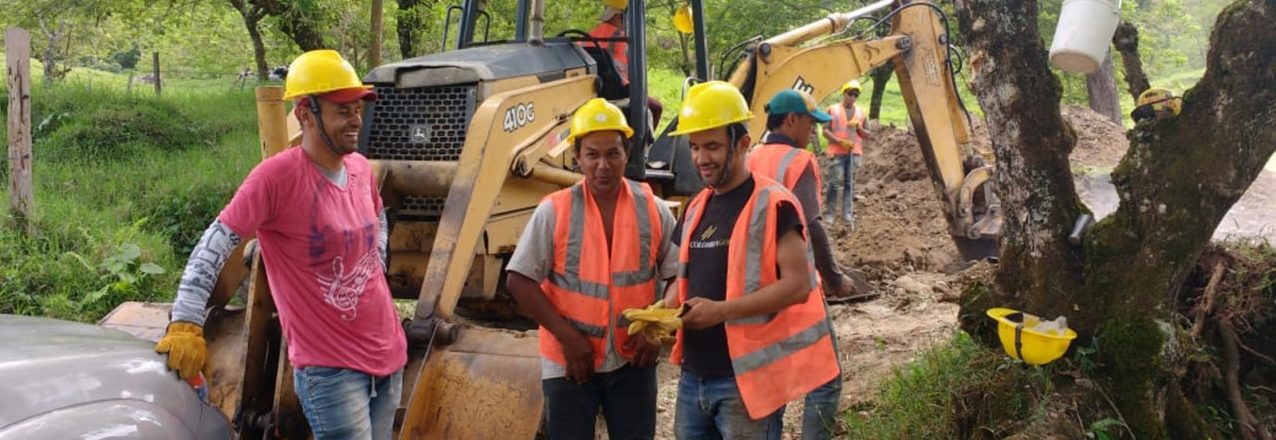By Land and Rural Development Program in Colombia
What to do?
Every year, municipal leaders across Colombia face a recurring dilemma: use funds to fix the roads destroyed by the rains or spend the funds on a tertiary road inventory. On the one hand, the inventory is an instrument that every municipality needs in order to get tertiary roads into the nation’s official road network and to access funding. On the other, unmaintained tertiary roads are the first to succumb to Colombia’s violent rains and washouts.
USAID provides municipalities in Tolima with expert consulting, planning tools, and sustainable methodologies to tackle the lack of operational tertiary roads.
Seven out of ten kilometers of road in Colombia are tertiary roads. They are unpaved, ungraded, and usually lack drains, culverts, and retaining walls. For a tropical country dissected by three mountain ranges, the state of a region’s rural roads affects everything from access to education and health to economic development and citizen security. Of Colombia’s 1,120 municipalities, only 32 have completed tertiary road inventories.
Tertiary Roads
The municipality of Planadas, located in southern Tolima, has long been disconnected from the rest of Colombia. It is known as the birthplace of the FARC rebel army and famous for coffee. Until recently, buses took more than 14 hours to traverse the windy dirt road between the regional capital Ibague and Planadas. The municipality currently has more than 390 kilometers of tertiary roads, but according to Colombia’s road authority, INVIAS, there are no more than 26 kilometers.
In 2018, Planadas has COP 800 million to spend on roads. But that can be quickly reduced to nothing when clearing and repairing a rainy-season landslide can cost COP 400 million.
“Just one rainy season can use up the entire annual budget,” explains Niyerith Gonzalez, Planadas city councilwoman.
Gonzalez remembers the last time Planadas hired a contractor to fix a road caught in a landslide. The contractor came from another region of Colombia. Workers got lost, and the contractor brought machinery unable to negotiate the narrow, steep roads. That contract, according to Gonzalez, ended up being a bigger problem than the damaged road.


